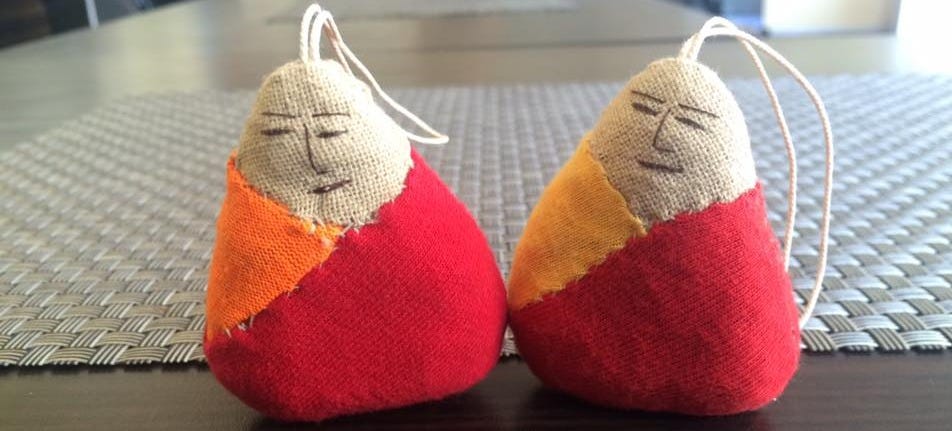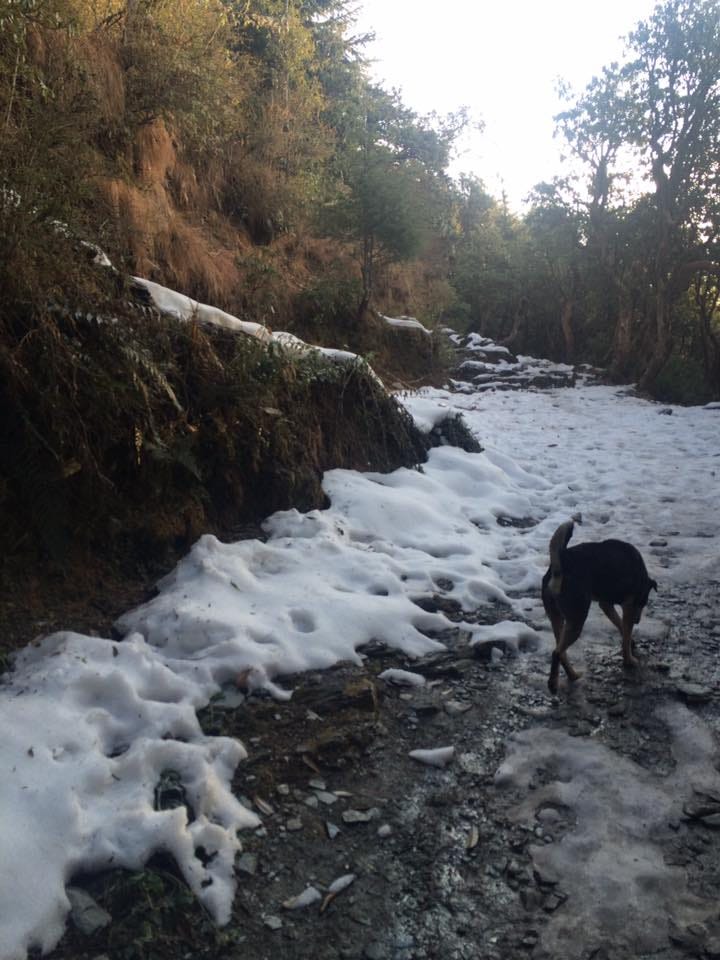Himachal Pradesh, India
Doing nothing — on purpose
Dharamshala in Himachal Pradesh today is the de facto capital of the Tibetan diaspora. And I could see this in the multi-coloured prayer flags, spinning prayer wheels, and monks in robes walking to and from the many monasteries around the city
How did this come to be? After fleeing Chinese occupation of Tibet in 1960s, the Dalai Lama i.e. spiritual leader of Tibetan Buddhism (14th and current) made Dharamshala in India his home. The Indian government granted him asylum and allowed the exiled Tibetan community to settle in the region
There are many things to see and do in Dharamshala, the Tsuglagkhang Complex is one where you can meet the Dalai Lama (its where he resides)- no I did not meet him, public audiences with him are rare, but visitors are welcome to explore the complex, which I did— and saw the temple, meditation halls, and museum detailing Tibet’s journey in exile
Then there is the Tushita Meditation Center to participate in silent Vipassana retreats — 7–10 day programs where participants commit to complete silence, digital detox, and guided meditation. If, like me, you're not ready for a full retreat, Tushita also allows for drop-ins for morning meditations or quiet walks which are quite relaxing
The next Dalai Lama?
Each Dalai Lama is believed to be reincarnated after death, and the next one is identified by senior monks (mainly Panchen Lama) through visions, omens, and spiritual tests. Young boys born around the time of the Dalai Lama’s death are shown personal items of the Dalai Lama and, depending on their reactions and other tests, one of them is chosen as the new Dalai Lama! (Also, it’s unclear why the Dalai Lama must be male?)
The missing Panchen Lama?
Panchen Lama is the second-highest spiritual figure in Tibetan Buddhism and traditionally plays a key role in recognizing the Dalai Lama's reincarnation. In the 1990s, the Dalai Lama identified a six-year-old boy as the 11th Panchen Lama — but the child is believed to have been detained by Chinese authorities and has not been seen since
Tibetans recognize one Dalai Lama (88 years old today) and one Panchen Lama (who is currently missing/detained in China). So, there is currently no clear or agreed-upon path for selecting the next Dalai Lama
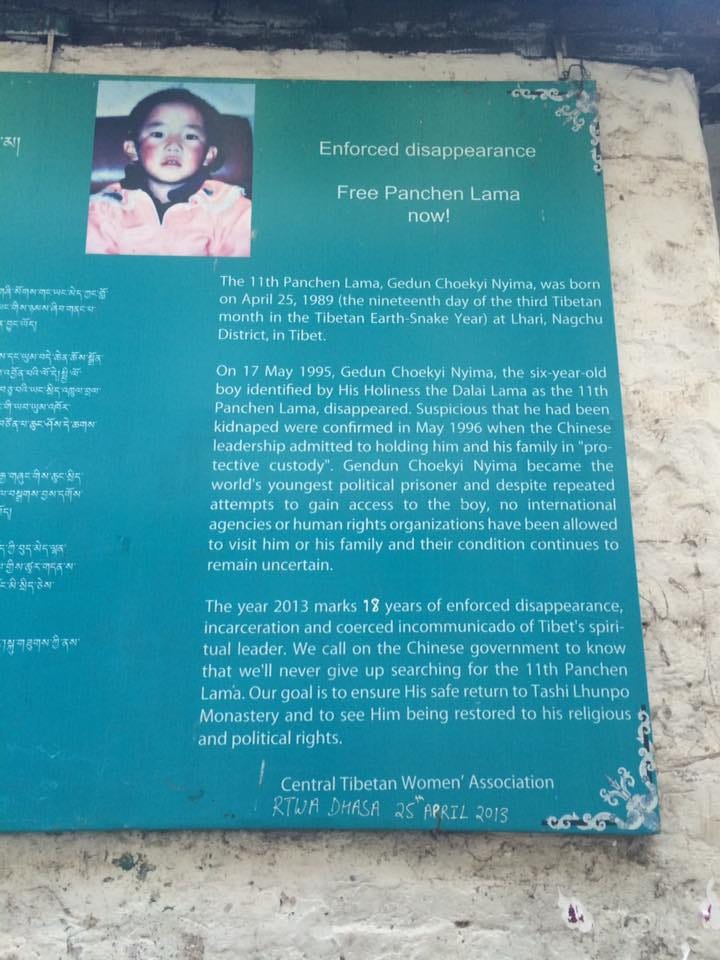
Himachal has many paths and trails for hikes up and down the mountains. If you’re not sure where to start, Indiahikes is a great platform — their website breaks things down by difficulty, season, and altitude. That’s how I found myself on a moderate trail one summer — challenging enough to feel like an achievement, but not the type where you question your life decisions halfway up
Like most of my hikes, it began with a burst of motivation. Somewhere halfway, breathing gets louder as the incline gets steeper. But there’s always something that keeps me going — a glimpse of the finish line, the guide’s shout of “almost there,” or in the case of the Triund trek - a dog. Out of nowhere, a village or mountain dog had appeared. He did not beg, did not bark — just walked beside me like a little mountain guardian
There’s a famous story in Indian Folklore where Yudhishthira, a king, is followed by a loyal dog on his final journey through the mountains. In the end, the dog is revealed to be the god in disguise, testing the king’s kindness. Because of this story, many people believe that dogs who appear on remote mountain trails are quiet protectors, or even divine companions!
And then, when you think the summit or the descent is your reward, comes the real prize; Maggi Noodles
Somewhere along the trail — whether at a mid-point rest or right at the end — you’re almost guaranteed to spot a small shack or stall serving Maggi noodles. Technically, Maggi isn’t Indian at all. It’s a Nestlé-owned Swiss brand, and instant noodles certainly didn’t originate in India. But it has come to be known and enjoyed by the millions of households in India. It’s the go-to snack in countless homes, the late-night fix for college students, and an unspoken national comfort food for non-resident Indians like myself
It’s hard to imagine a trek in the Indian Himalayas without a trail-side shack serving hot Maggi noodles. It may be Swiss in origin, but in the Indian mountains, it’s as local as chai, and it truly is the real reward of any trek
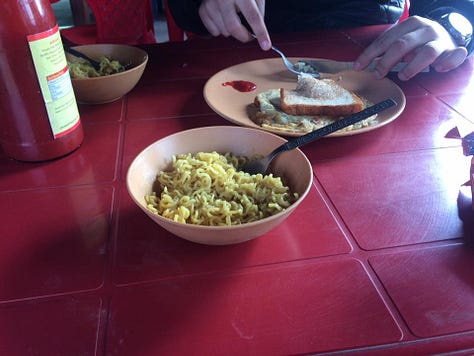


Much of Himachal’s landscape — especially at mid to high altitudes — is cloaked in thick pine forests. And where there are pine trees, there are pine cones — hundreds of them, scattered along the trail. Some were small and tightly curled, others large and open like little wooden flowers. I couldn’t resist picking a few, tucking them into the side of my backpack as I walked. I went home and dried and painted them, and today they sit on my coffee table
Not all souvenirs need to be bought, or branded, or boxed? Some just need to be noticed or found
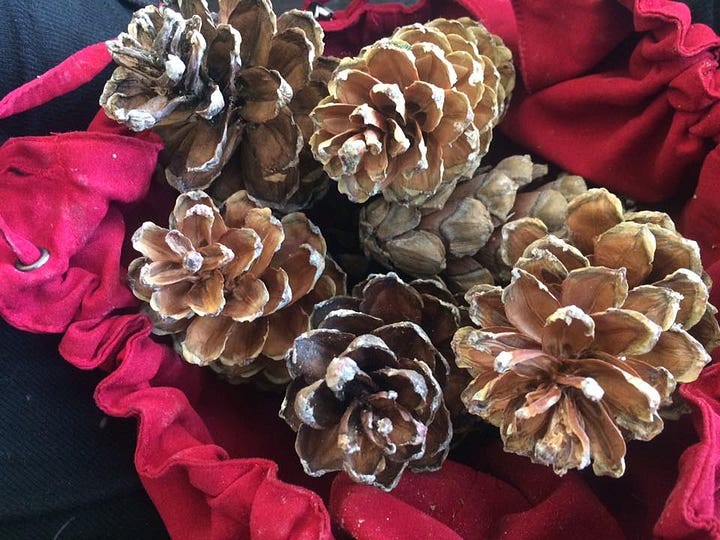
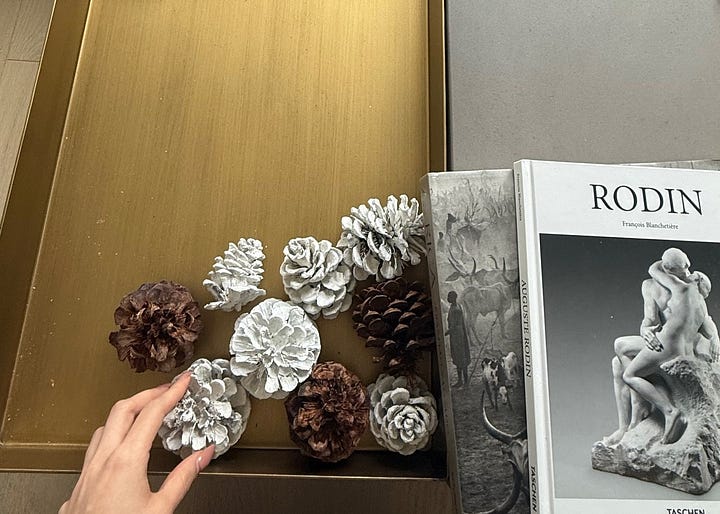
Shimla was the summer capital of the British and is one of the top school or family summer vacation spots for people living in North India
Back in the 1800s, the British basically said, “Delhi is too hot in the summer (temperatures reach a 50 degree celsius or 100+ degree Fahrenheit), let’s move uphill for a few months.” So every summer, the colonial officers and their families were all packed up and shipped to Shimla — giving the town a very proper British makeover. That’s why you still see colonial-style buildings, old churches, and cafes serving ‘afternoon tea-and-scones’ throughout Shimla
Today, Shimla is still a summer escape, for school kids on annual trips or families on summer vacations. It has many ingredients for a nice vacation; There is a toy train — a tiny, slow train that goes through tunnels, pine forests, and hills, with beautiful views
Then there’s Mall Road, the main hangout spot. It’s part street, part shopping area, and part people-watching zone. You’ll see honeymooners buying keychains, kids asking for candy, and people haggling over sweaters. And if you’re around in winter, there is the open air ice skating rink with real ice
A 182ft statue of Hanuman (a monkey god in Hindu mythology) stands atop the Jakhu mountain and is surrounded by real baby monkeys
A giant statue of an Indian god (higher than even Christ the Redeemer) erected close to an Indian temple watches over the city. And if you go close to it, expect company. The Jhaku temple is home to hundreds of monkeys, mainly enticed by the idea of getting a portion of the food that is served in the temple .These monkeys are bold. They’ll try to snatch your food, glasses, water bottles — basically anything they can carry. Some people find them cute, others like me find them terrifying. The temple even has staff armed with slingshots (harmless ones) to keep the monkeys from getting too wild
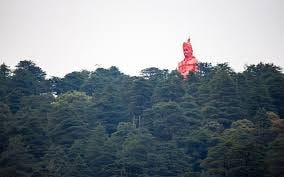
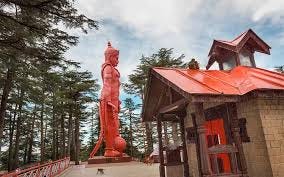
Himachal has the spectrum, from a quiet Vipasana spiritual escape in the Tibetan monasteries of Dharamshala, to more rough adventure with paragliding in Bir Billing, river rafting in Kullu, trekking in Triund or skiing in Solang Valley snow slopes. I chose to do the ‘in between’ with 1 hour meditation classes, slow toy train rides, easy-moderate hikes and maggi stops. While my parents did the temple visits, and my brother tried the river rafting - it is a place where you can customise very different interests in one vacation

